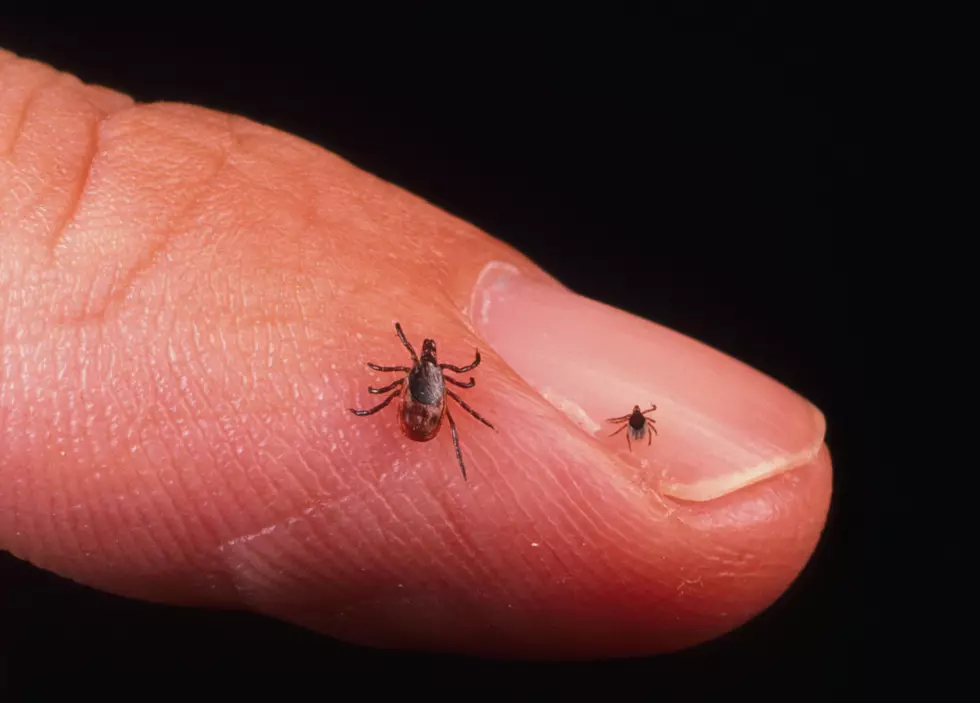
How to Safely Remove a Tick from Your Skin
A cold winter means a higher tick population in New England, and learning how to properly remove them is crucial to avoid Lyme disease.
Tick season is right around the corner and an icy winter season means those little bloodsuckers will surely be out in force.
Oh, you thought that cold weather kills of ticks? You would be wrong because ticks shrug off freezing weather conditions and treat the piles of snow like a warm, cozy blanket.
There is nothing I hate more than the thought of these disgusting parasites burrowing their tiny, horrible heads into my flesh. Removing these invaders properly is very important because what they leave behind is even nastier.
Black legged ticks found in New England can transmit Lyme disease to their hosts, and the odds of contracting the disease increase the longer their heads are buried in the skin. The Centers for Disease Control and Prevention says that symptoms include "fever, headache, fatigue, and a characteristic skin rash called erythema migrans. If left untreated, infection can spread to joints, the heart, and the nervous system."
The Center for Disease Control has some simple steps that can make a huge difference when it comes to Lyme disease infection. Whatever you do, do not try some the urban legend methods of tick removal, such as applying heat, suffocating the ticks or piercing them while they are embedded.
How To Safely Remove a Tick
1. Grasp
Use fine-tipped tweezers to grasp the tick as close to the skin's surface as possible.
2. Pull
Pull upward with steady, even pressure. Don't twist or jerk the tick; this can cause the mouth-parts to break off and remain in the skin. If this happens, remove the mouth-parts with tweezers. If you are unable to remove the mouth easily with clean tweezers, leave it alone and let the skin heal.
3. Clean
After removing the tick, thoroughly clean the bite area and your hands with rubbing alcohol, an iodine scrub, or soap and water.
4. Dispose
Dispose of a live tick by submersing it in alcohol, placing it in a sealed bag/container, wrapping it tightly in tape, or flushing it down the toilet. Never crush a tick with your fingers.
(Information from the Centers for Disease Control and Prevention.)
More From 97.5 WOKQ









